The challenge this week was Rodeo. I chose this topic because I was excited to practice sports and action photography at the Airdrie Pro Rodeo! The Airdrie Pro Rodeo is a small rodeo where you can have your pick of the seats in the bleachers if you get there early. Plus the bleachers are quite close to the show ring – my 70-200 mm lens was all that I needed to get close to my subjects during the competition.
Below are some of my favourite shots:
Here a few tips from this week’s photo shoot:
Shutter Speed
The shutter speed used in sports & action photography ultimately depends on whether you are trying to freeze the action or whether you would like to show significant movement in the shot.
If you would like to freeze the action and get all parts of your moving subject in perfect focus, then you will need to use a fast shutter speed (e.g. minimum of 1/1000 second). This enables you to freeze the motion and prevent your photo from becoming blurry. I used a fast shutter speed for shots where I wanted to show the clods of dirt flying and capture the horse and rider in complete focus.
The second way to shoot sports is to use a panning technique. In this case, you use a slow shutter speed and move your camera at the same speed as your subject. This allows you to get your moving subject in focus while creating motion blur in the background. This is an extremely tough technique and takes a lot of practice & repetitive shots (at least until you master the technique, which I haven’t yet lol). If you aren’t moving at the right speed, you will find that your horse & rider will be blurry and out of focus. Even if your panning speed is adequate, you may still find that parts of your subject are still blurry (e.g. horse’s legs will be blurry but the rider’s face will be in focus). A shutter speed somewhere between 1/4 second to 1/30 second is recommended for panning, although it really depends on the speed of your subject. You will need to experiment to find the right speed for your particular subject. I found that 1/25 – 1/40 of a second worked well for my barrel racing panned shots.
Composition
As with other photography genres, composition is important in sports photography.
Try to avoid distracting backgrounds, such as bright poles and signs which take the attention away from your main subject. Sometimes you can minimize their presence through editing, but it is preferable to avoid them if you can. Personally, my favourites were the barrel racing shots where you couldn’t see the spectators, such as the rodeo shots with the arena dirt as a simple background. That being said, showing the crowd can help emphasize that this is a competition so it works in some of the shots.
If you are going to show the crowd, try using a shallow depth of field. A wide aperture can help blur out some of the details of the crowd and focus the viewer’s attention on the horse and rider (which will be in perfect focus). I found an aperture of f/4 worked decently for my some of my shots, and I was using a Nikkor 70-200 mm lens. Unfortunately, that particular lens cannot go any wider than f/4 – I would have liked to have tried a wider aperture in order to create an even shallower depth of field.
It’s also recommended to avoid cutting off body parts of your subject (e.g. cutting off the horse’s feet). If you are zooming in to get in close to your subject, it can be easy to accidentally cut off part of the subject, particularly when they are moving so quickly! Other times cutting off part of the subject may actually help draw attention to a particular area of the subject (e.g. the maple leaves painted on the two horses).
Focus
Focusing can be tough with a moving subject! I found the 3d focus tracking autofocus setting worked the best for me on my Nikon camera. It allowed me to focus on the rider once and then the focus point generally followed the rider as they moved. It didn’t work all of the time but it worked better than single spot focus or manual focus.
Continuous/Burst Mode
Many cameras have a burst mode on the camera that allows them to take a continuous series of photos while the shutter button is being held down. Unlike single shot mode, this means that you would not need to lift your finger off of the shutter button in order to take more shots. You simply leave your finger pressed down on the shutter button while it takes a series of additional shots. The downside to using this mode is that you end with tons of photographs! Which means your memory card fills up a lot faster too. Make sure you bring extra memory cards or use cards with more memory if you plan on using burst mode. I found that my 64 GB card was used up after about 2 hours of shooting.
Have fun, and I hope you get a chance to try taking photos at a local rodeo!
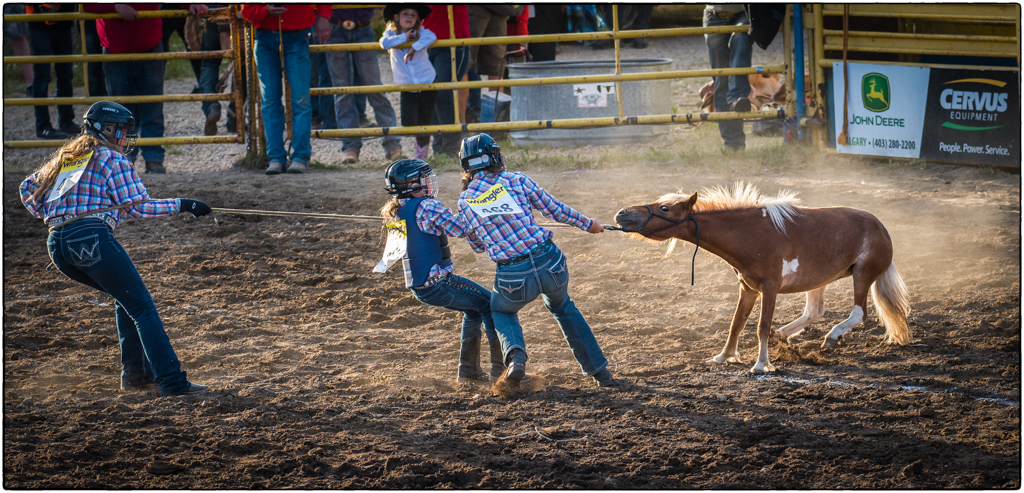
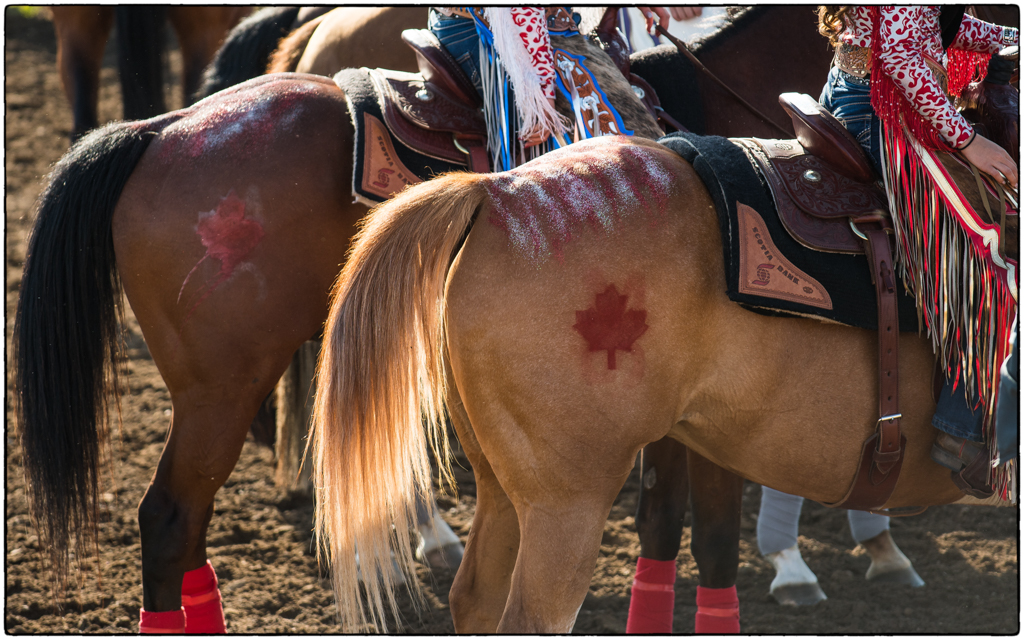
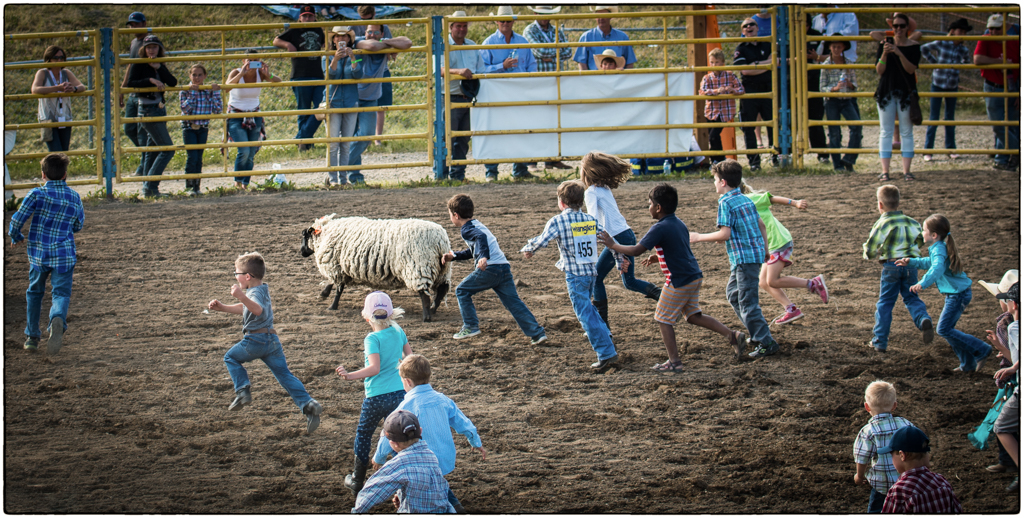
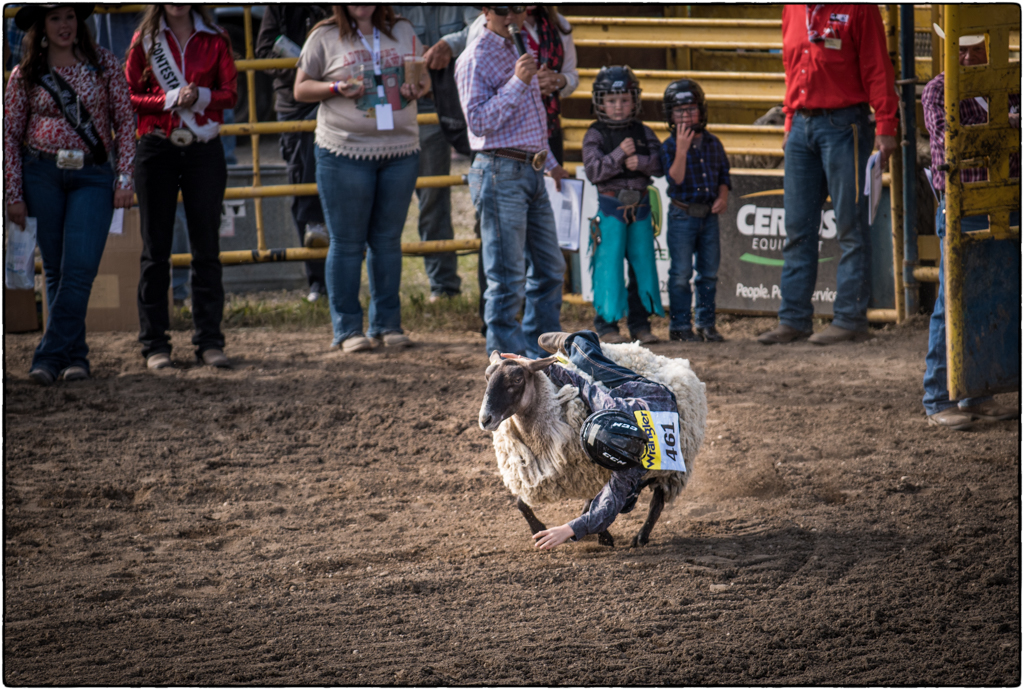
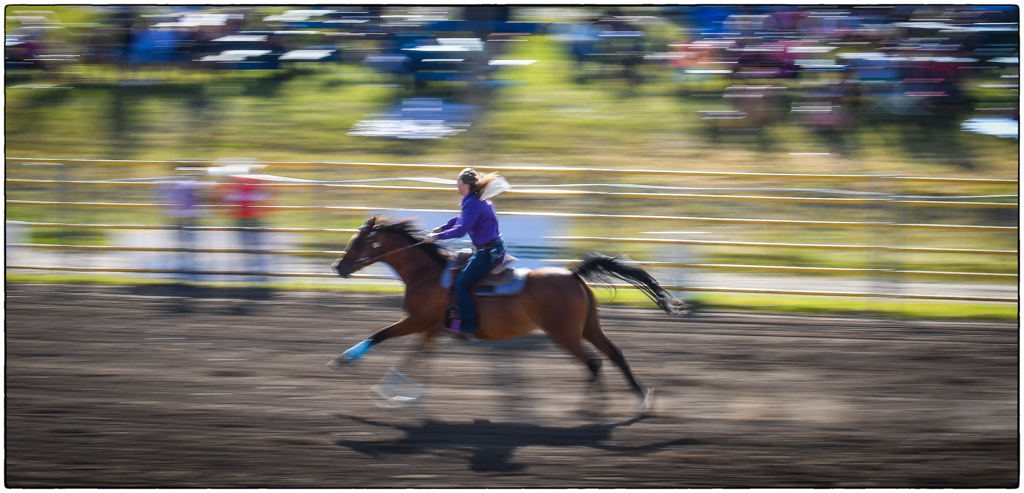
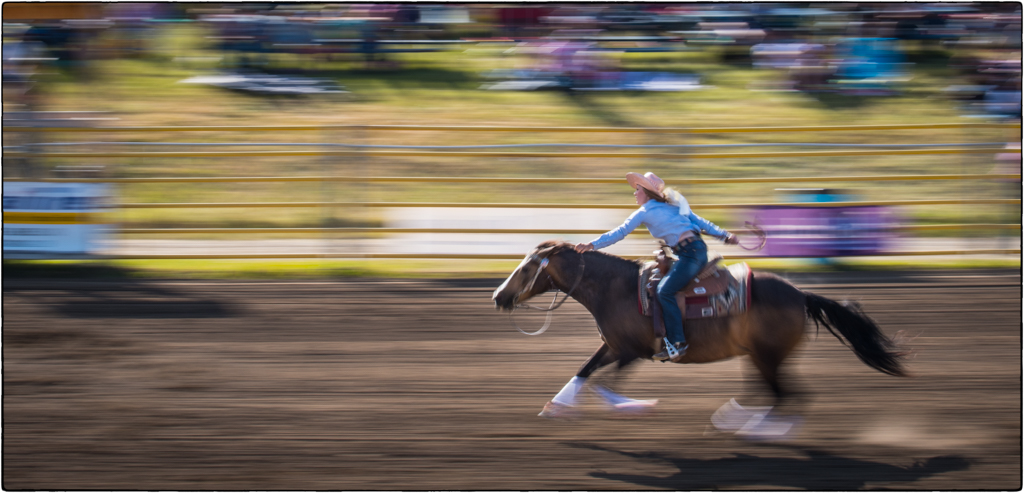
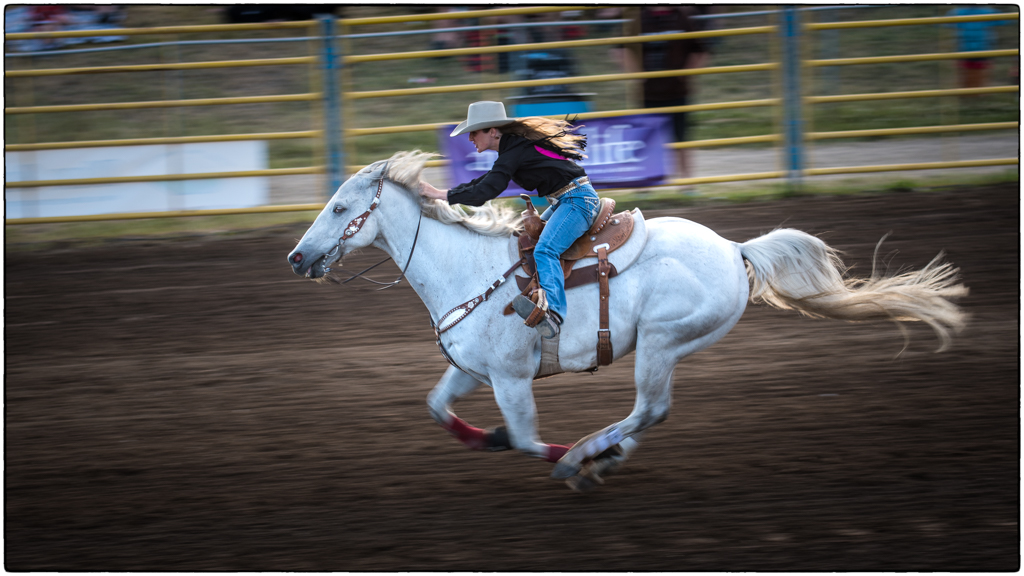
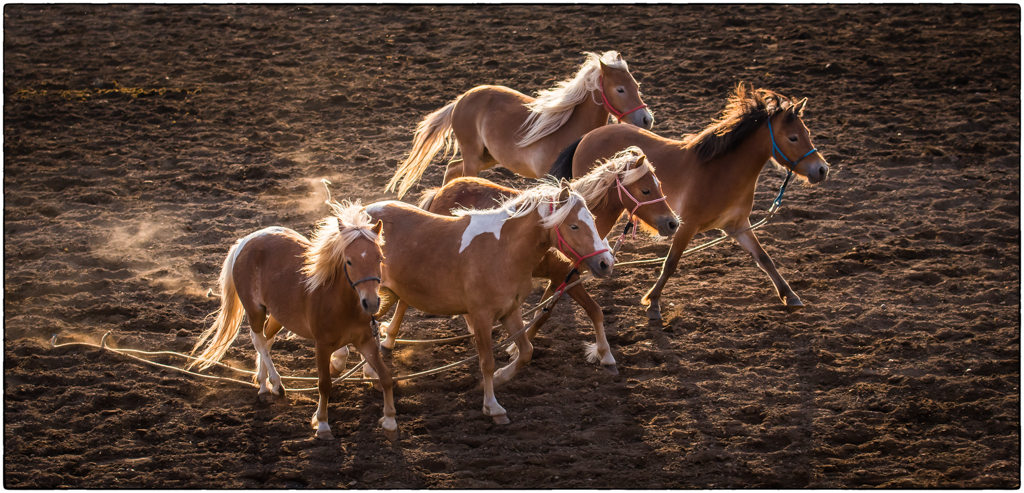
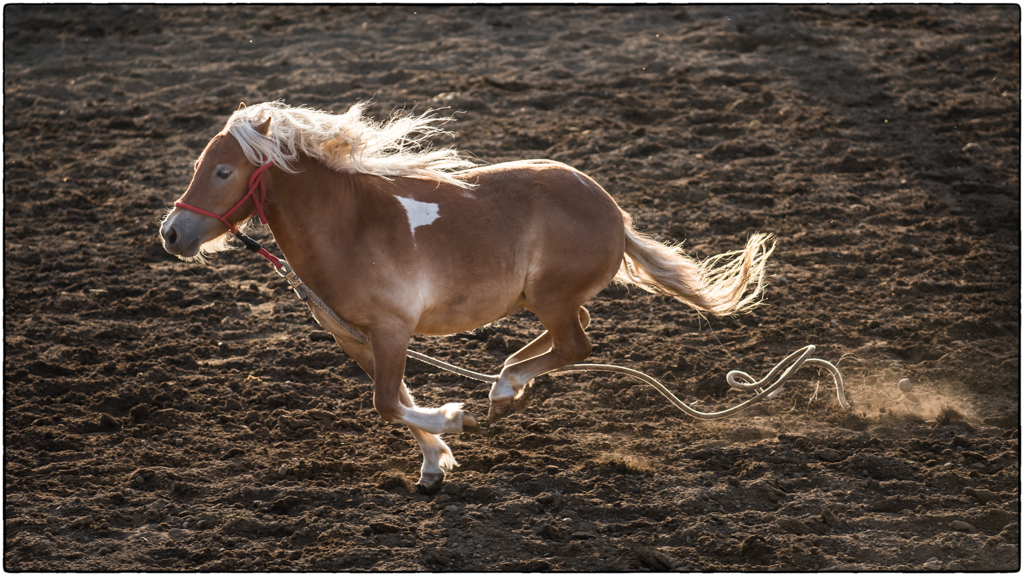
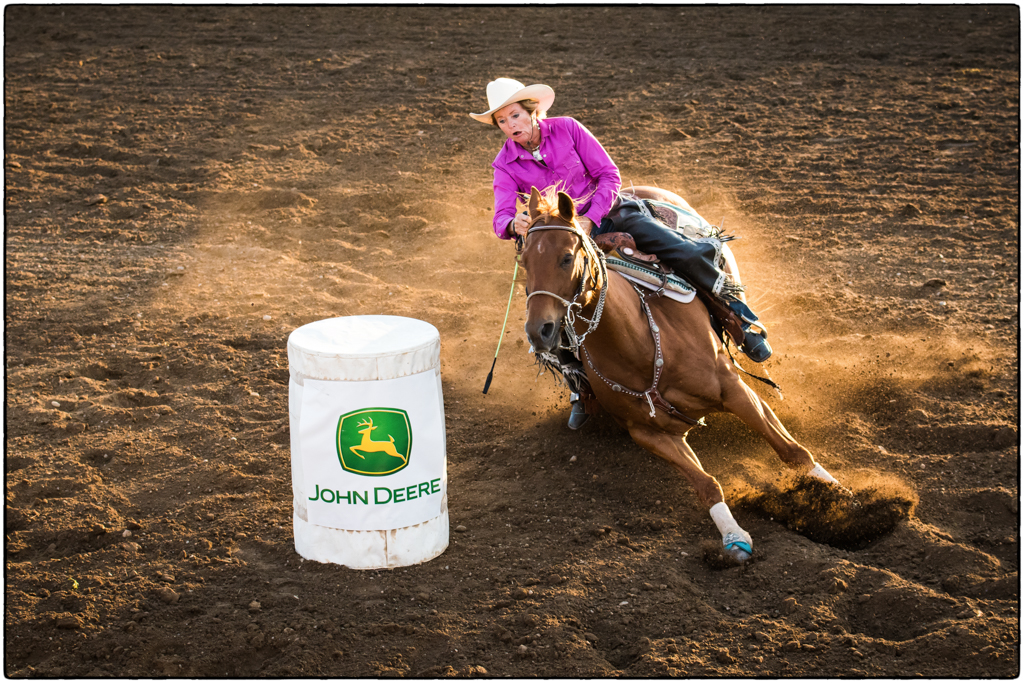
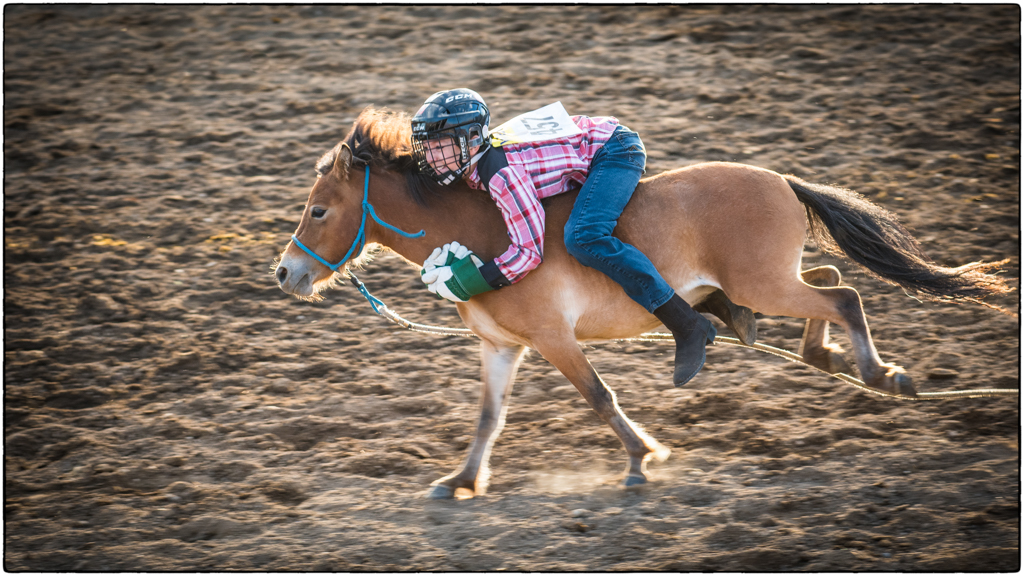
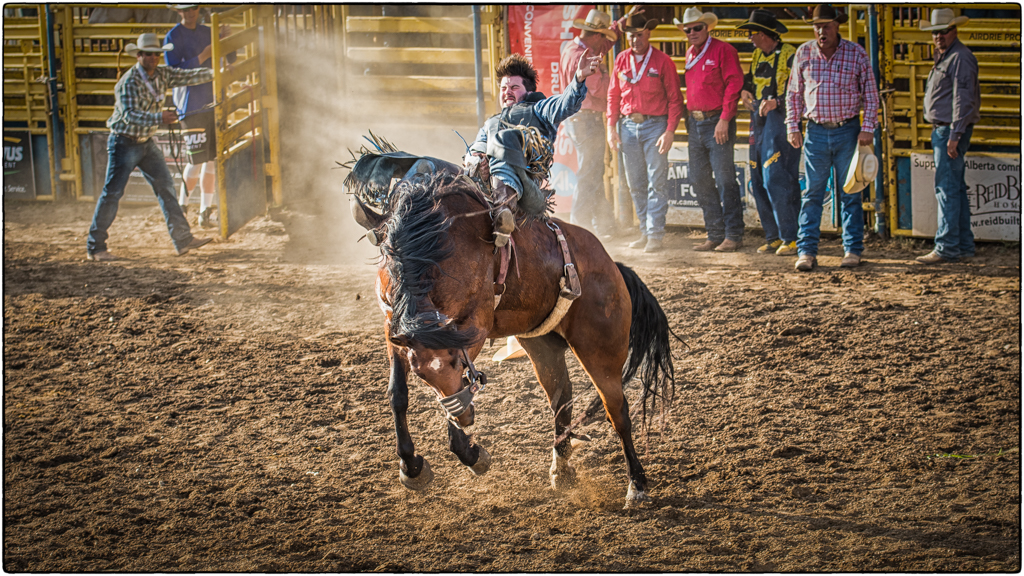
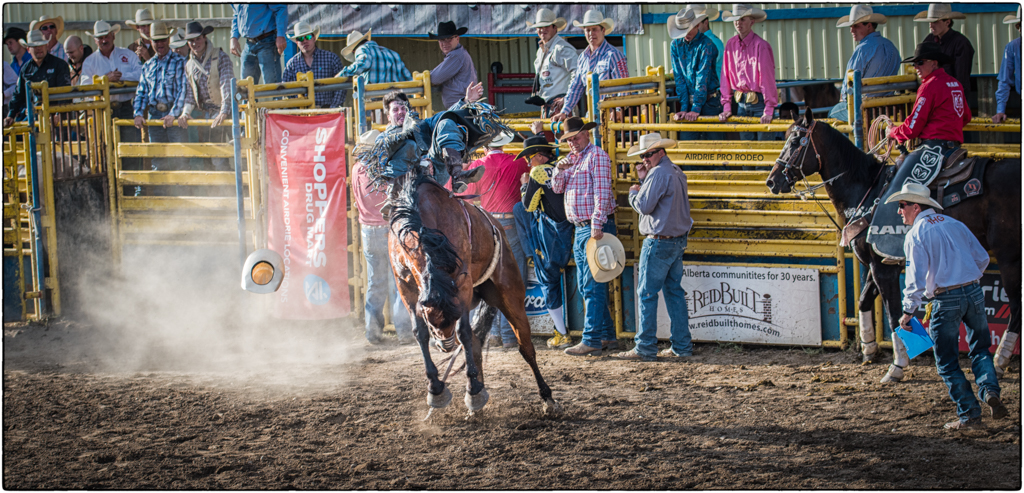
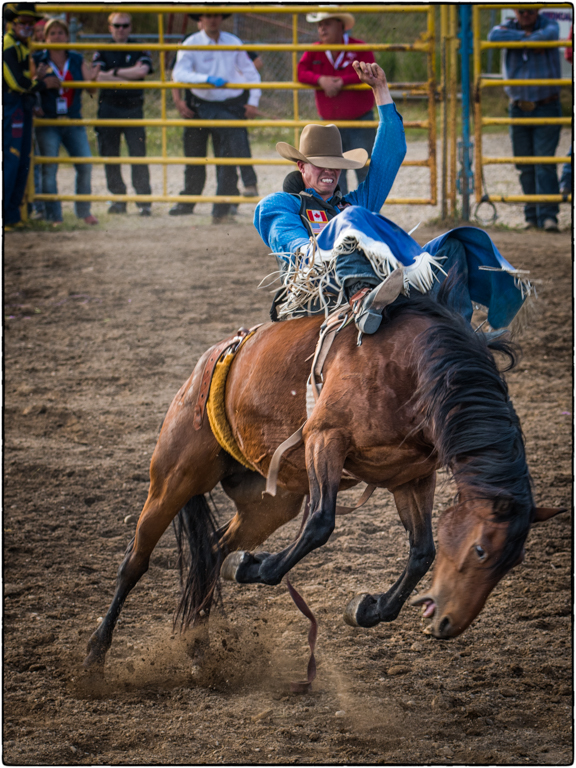
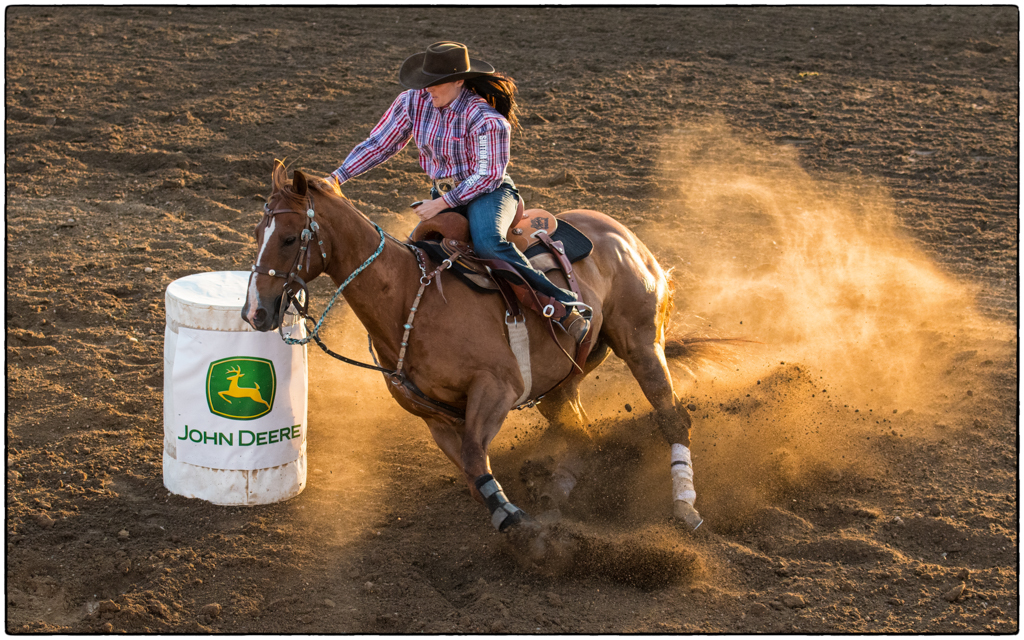
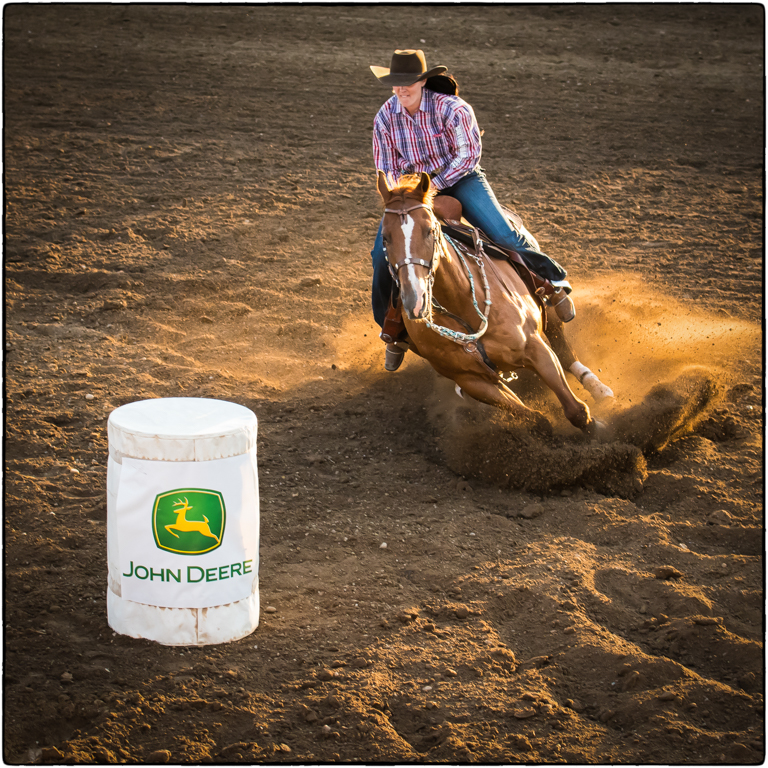
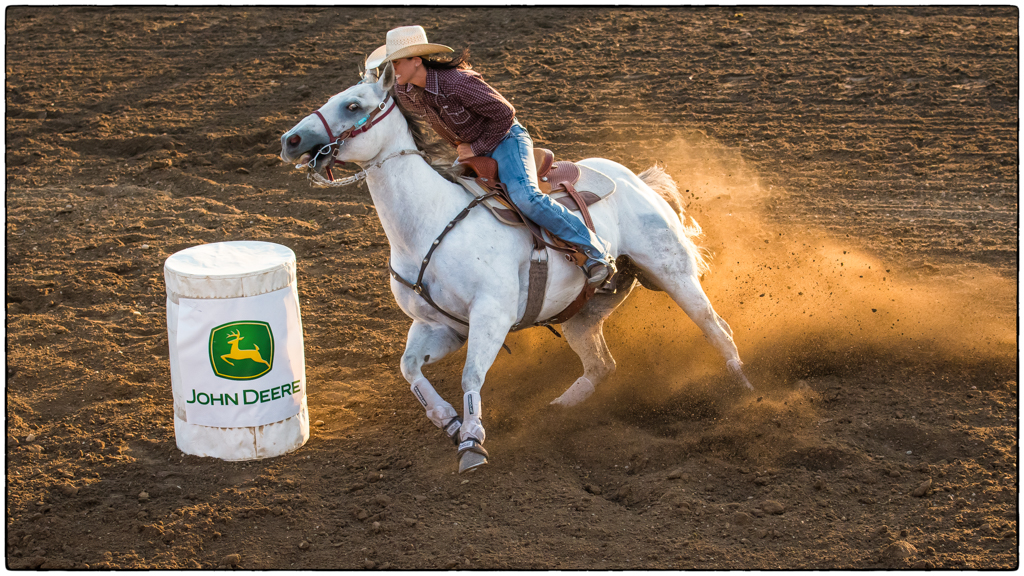
leave a comment